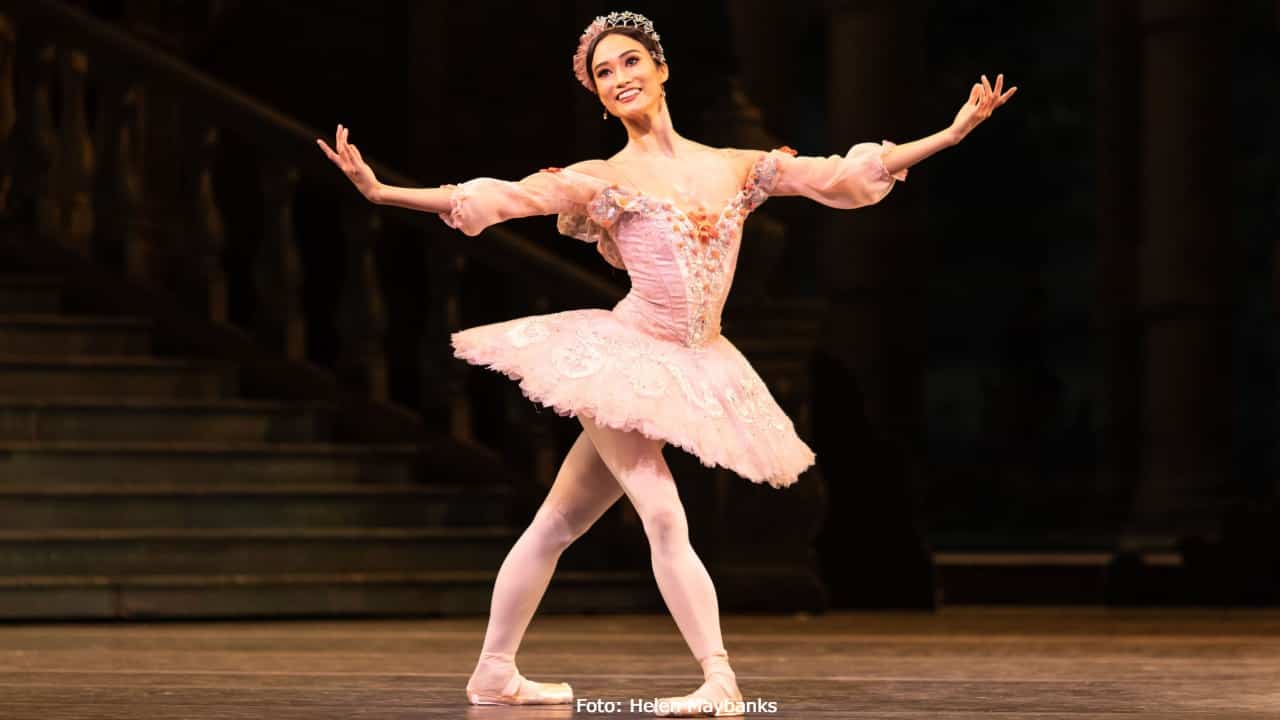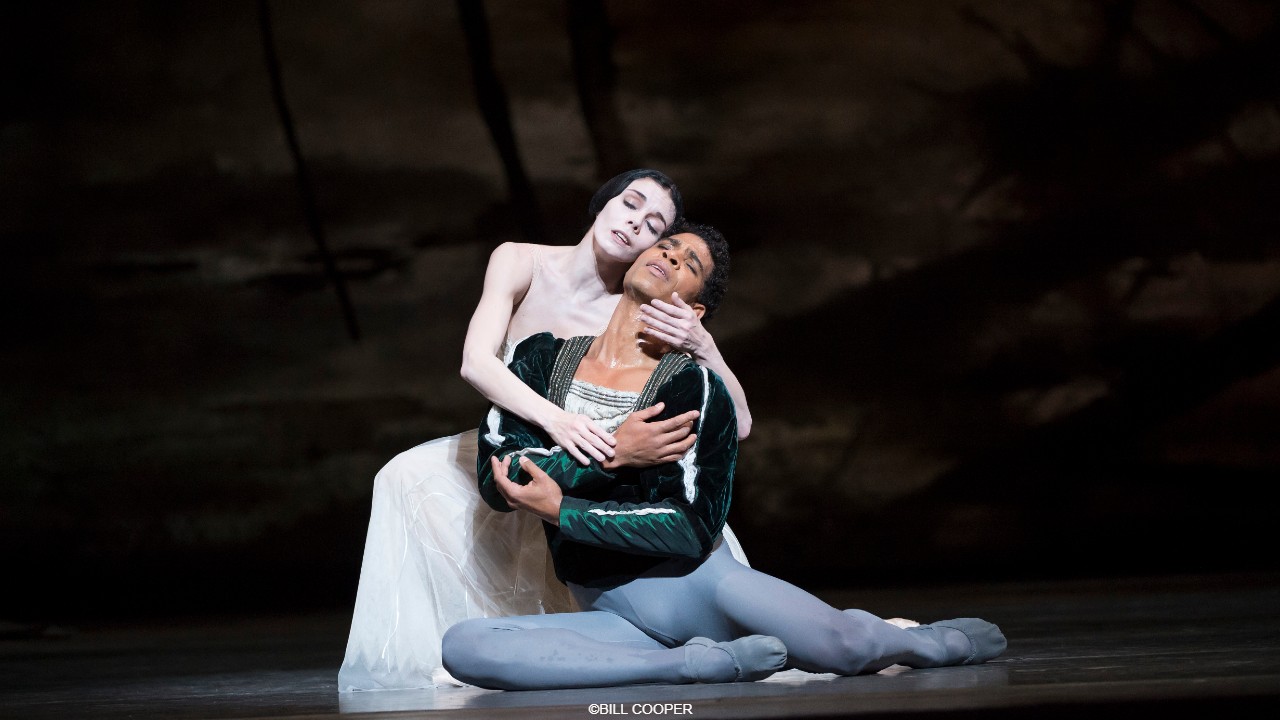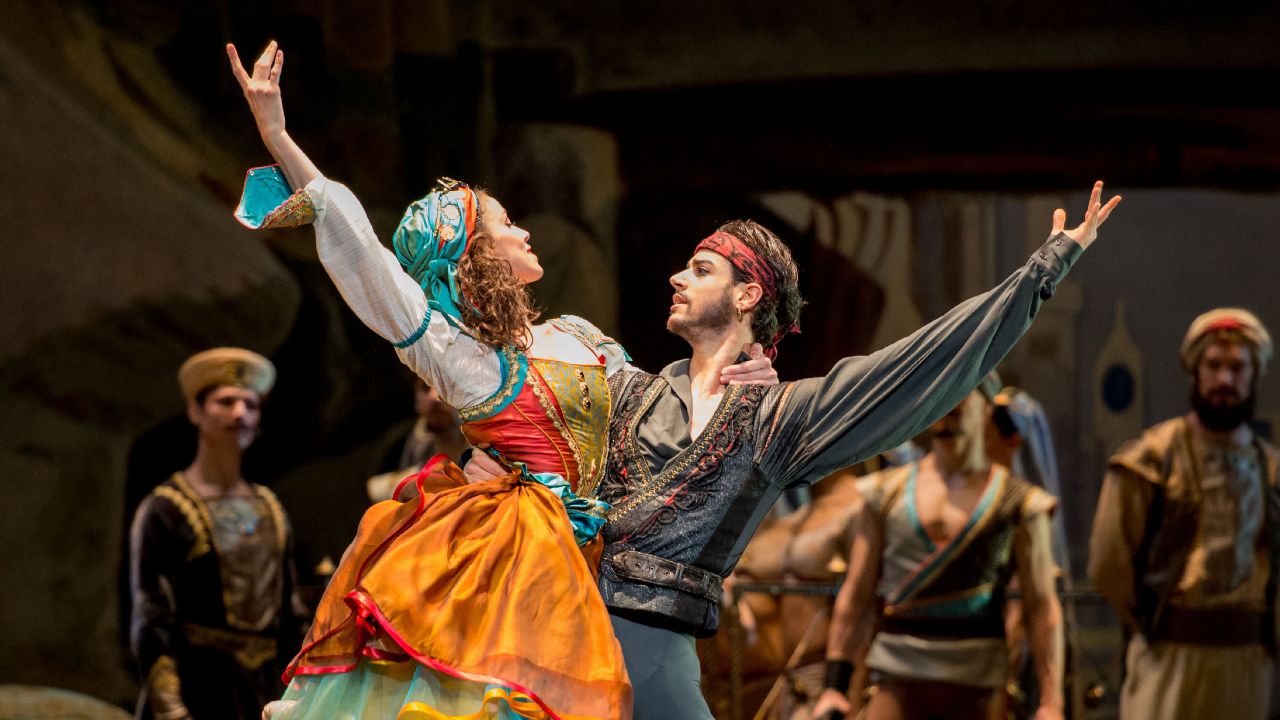Don Quixote, a legacy of the golden age of classical ballet, is a poignant example of how Spain is portrayed in ballets, with its whirling ensemble dances, castanets, fans, polka-dotted skirts, roses and combs. Despite its name, the ballet is not an adaptation of Miguel de Cervantes' novel, only one episode of the ingenious hidalgo's many adventures serves as the basis for the story and the dance scenes. It is the story of the failed wedding of the rich Camacho (Gamache in the ballet) to the beautiful Quiteria (Kitri in the ballet), who is also the object of the affections of the villager Basilio (Basilio). However, Don Quixote is by no means the protagonist of the story according to the canons of ballet. His role is primarily that of a pantomime artist or a stage walker, while all the dancing feats are performed by other characters. This festive, fiery and virtuosic ballet was staged in 1900 (and transferred from the Bolshoi Theatre in Moscow to the Mariinsky Theatre in 1902) by Alexander Gorsky from Marius Petipa's ballet of the same name, which had graced the St. Petersburg stage since 1871. The young and passionate choreographer Gorsky was greatly influenced by Stanislavski (who had just opened the Moscow Art Theatre) at the beginning of the 20th century. To make the ballet more ‘realistic and truthful’, he turned the symmetrical corps de ballet, so common in the works of his celebrated colleague Petipa, into a playful, lively and joyful crowd. The first spectators recalled: ‘The lively, passionate crowd in the square makes you believe to the point of delirium in the sun, which enamours you so intensely, they mock each other, they chase the running beauty, who hides behind her fan...’.
Gorsky kept for his production the outlines of the libretto, the music written by Minkus for Petipa and many of the choreographic pieces. However, Gorsky rearranged some of the scenes from the existing production. Modern Don Quixote arguably features the most diverse dances in the ballet repertoire, and echoes of Marius Petipa, Alexander Gorsky, Fyodor Lopukhov, who created the ‘folkloric’ Spanish fandango in 1923, and Nina Anisimova, who added her version of the gypsy dance in 1946, can still be seen. Moreover, many of the dancers who played the role of Basilio can be considered co-choreographers of the protagonist. On many occasions, their tricks and ideas aimed at showing the artist himself in all his splendour found their way into the variations. For the soloists, Don Quixote is not only a measure of virtuosity, but also an opportunity to be in the middle of a game, where even the smallest of roles can blossom into a colourful, humorous touch. For the spectators, this production, which presents in equal parts costumbrista and everyday scenes, character choreography and purely classical elements, is pure charm with its generous ration of dancing and the carefree party atmosphere.
Music by Ludwig Minkus
Choreography by Alexander Gorsky, after Marius Petipa
Corps de Ballet and Orchestra from Ballet Mariinsky
Artistic team
Choreographers | Alexander Gorsky, Marius Petipa
Costumes designer | Konstantin Korovin
Lighting designer | Yegor Kartashov




